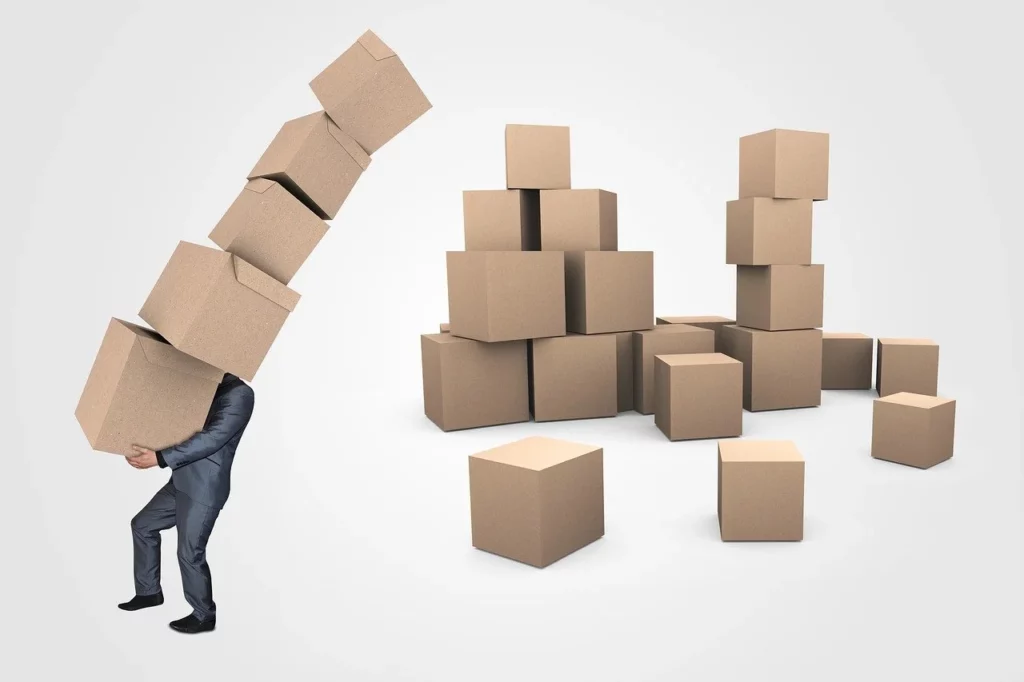The sale cycle does not finish with the delivery of the product; instead, a new procedure known as Reverse Logistics can begin at that point.
Learn more about Reverse Logistics in this article, including its causes, and suggestions for reducing the number of returns.
What is Reverse Logistics and how does it differ from normal logistics?
The entire process of having products returned is referred to as reverse logistics, as the name suggests. In other words, reverse transport actions, where a product is picked up from the consumer, put back into stock, and then replaced with a new one.
Companies want their items to reach customers without any hurdles, and traditional logistics helps them do this by creating effective activity flows from sale through delivery with a focus on low risk, high efficiency, and satisfaction.
When it comes to reverse logistics, the majority of issues arise precisely because businesses are unprepared and solely consider traditional logistics; after all, nobody anticipates that an order will ever be returned.
Therefore, the primary challenge in this situation is the lack of predictability.
When you don’t plan for all the possible outcomes in the deal, there are details that go overlooked or are not anticipated, which can be a nuisance.
It’s important to acknowledge the following key aspects of reverse logistics:
- team response time when the return is initiated;
- collection costs;
- availability of replacement goods
Errors that cause product returns
Returns are common and inevitable, but your company must work to reduce the risk when it occurs.
The four most typical mistakes that result in product returns are listed below:
Problems with the Product’s Quality
The majority of returns are due to faulty or unfulfilled promises made by the goods. The batch maturity and expiration dates are additional points.
Seasonality
Certain goods only function in certain seasons, after which they are returned because they are no longer needed.
Delivery damage
The product may be impacted by traditional logistics, which might result in breakage, scratches, dents, and other types of damage. This process is significantly more likely to go wrong when it is carried out by small businesses.
Errors made when selling
One of the key causes of reverse logistics is given below. Sales operations including the manual entry of orders by RCAs are usual in businesses; they are a routine component of the process, and both the business and the seller are accustomed to it. However, this activity is stressful, repetitious, and demands a lot of concentration from the seller. Typos in item details are very common to make. The impact can be significantly worse if the order is large and contains several pages.
As we previously stated, it is crucial for businesses to establish two main points.
Preparing to prevent order returns. While many contributing factors are unforeseen, others can be readily avoided.
Prepare for Reverse Logistics when it occurs. The damage is worse when there is no planning. Without a strategy, moving the team, the inventory, and the logistics indicates additional expenses.
How to reduce costs with Reverse Logistics
Reverse logistics is a process that the distributor wholesaler cannot avoid, but it is vital to plan for it.
Know all the expenses associated with operations: trace the source of each cost, paying particular attention to those involving logistics and operating time for return procedures. Knowing the expenses associated with each stage, including both direct and indirect costs, is essential.
Plan for Alternative Returns: It’s crucial to be prepared for a variety of scenarios, so don’t just have a plan A when it comes to product returns. Any action conducted without adequate planning involves additional expenses and the use of more expensive services.
Have trustworthy third parties and suppliers: If your business does not handle every step of the process, it is crucial to have trustworthy suppliers who, more than anything else, are familiar with your product and the terms under which it must be delivered to the customer.
Utilize technology in tasks that can be automated, such as customer service: Create procedures and business rules to make it easier for users to interact with the system, resulting in reports that shorten the time it takes to process requests and hasten the start of operations. Technology has significantly lowered the cost of this process and helped establish standards.
These are some steps that can be performed to lessen the effects of reverse logistics, nevertheless, measures can still be made to decrease the likelihood of returned items.
The secret is in the use of technology in Order Management
The practice of the seller manually entering orders is still widespread among distributors. Companies intentionally disregard the risks associated with this procedure, which is undoubtedly the biggest cause of returns and losses.
Technology is available for automating the input of orders that are issued in PDF format, meaning that in just a few mouse clicks, every item can be added to the system, without taking the seller’s time, reducing to minutes an operation that used to take days, along with eliminating all typing errors and subsequently putting an end to the return of products that happened as a result.
Since technology has automated this process, the salesperson can now concentrate solely on making more sales while the logistics crew spends less time creating orders.
As we mentioned earlier in this article, Reverse Logistics is a common process within businesses, particularly wholesale distributors. It is important to understand that there are actions that can and should be taken to reduce product returns while also preparing professionally for this operation.
Want to know how to get rid of mistakes in orders that were manually entered? Talk to us today to stop this operation’s losses!




